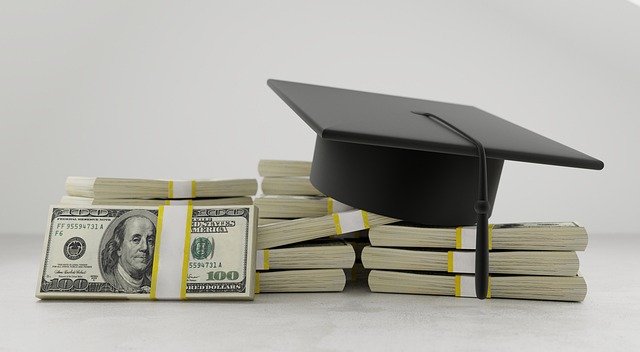You’ve Never Had to Make a Student Loan Payment: Now What?
According to the Office of Federal Student Aid, over 7 million student loan borrowers are under age 24, which means they may still have been in college when student loan payments were paused in March 2020 due to the pandemic. If you’re one of the 7 million borrowers, you’ve likely never had to make a student loan payment. For millions of others, your life has moved along in the past three years without the need to make payments. So, what now? Read on to learn how to prepare for this upcoming life change and manage the blow to your budget.
Step One: Identify Your Loan Servicer
Your loan servicer is different from your lender, and your servicer is who you will be interacting with when payments resume. Keep in mind that your servicer may have changed if you’re an older borrower, as many federal loans have moved from previous servicers in recent years (such as FedLoan) to a servicer called MOHELA (also known as Higher Education Loan Authority of the State of Missouri). As of late 2022, MOHELA is the only servicer for those seeking Public Service Loan Forgiveness (PSLF), so take note if you’re a PSLF applicant.
Step Two: Get Your Login Credentials
Create or renew your password and login credentials with your loan servicer. You may never have needed to access this information, or it may be long forgotten. Prepare to get on the phone if necessary to retrieve the details. Once you’re in, check your balance and payment plan details (see next step).
Step Three: Learn the Details of Your Payment Plan
This step may take some research. In the past three years, your lifestyle, family size, and even your career may have all changed dramatically. Make sure the payment plan you are enrolled in is right for your circumstances. If you are currently signed up for the Standard Repayment Plan (which is the default in most cases), you’ll have a fixed monthly payment for ten years to pay off your entire loan balance.
However, if your income is low and you support a family or live in a high-cost-of-living area, this monthly amount may be challenging. Look into an income-driven repayment plan (IDR). IDR plans were designed to ensure monthly payments remain manageable, and these plans can also lead to student loan forgiveness after 10, 20, or 25 years of repayment, depending on which plan you choose and how much student loan debt you have. Apply online at studentaid.gov or discuss with your servicer to get enrolled. Also note that enrollment in an IDR plan is a requirement of PSLF.
Step Four: Adjust Your Budget
Now the hardest part: preparing your monthly budget for a regular, additional expense. Use budgeting software or simple paper and pen to sit down with your bank statements and list your expenses and income. Identify what you can eliminate so that you won’t feel the pinch of your student loan payment quite as much. Remember that to qualify for forgiveness through IDR or PSLF, you must make payments on time each month. Make room in your budget so that this can become an automatic item on your list.
Step Five and Beyond: Other Paths to Forgiveness
The Biden administration is working hard to create legal pathways toward forgiveness and programs that further ease the burden of student loans on Americans —whether older or newer borrowers. There is a new IDR plan called SAVE that should offer the lowest monthly payment to eligible borrowers, and there are already programs in place for eligible federal borrowers to get a one-time payment count adjustment so that past periods of repayment, deferment, and forbearance can count toward IDR forgiveness. Talk to your servicer and trusted resources like studentaid.gov to ensure you have all the information you need to prepare for student loan repayment.

